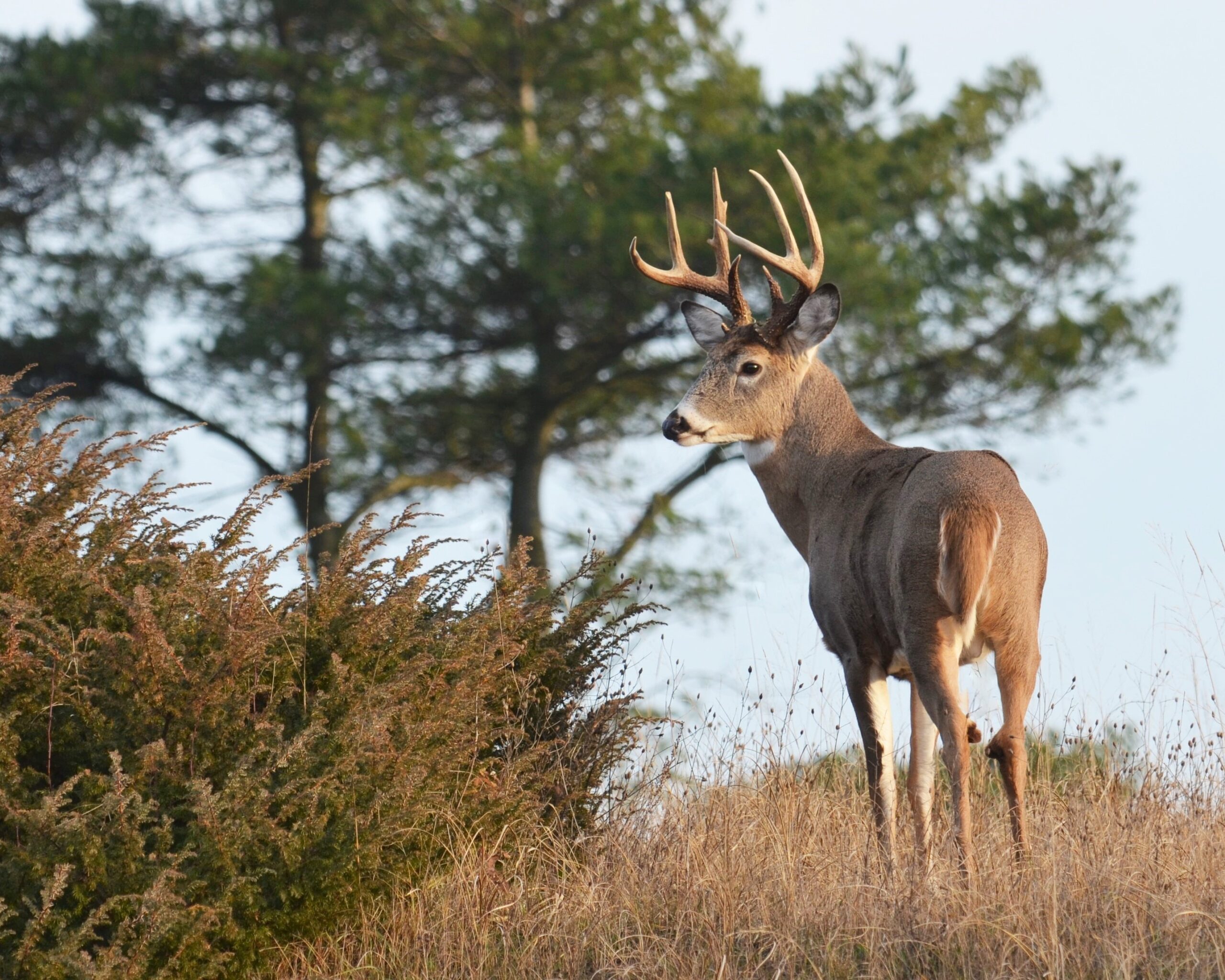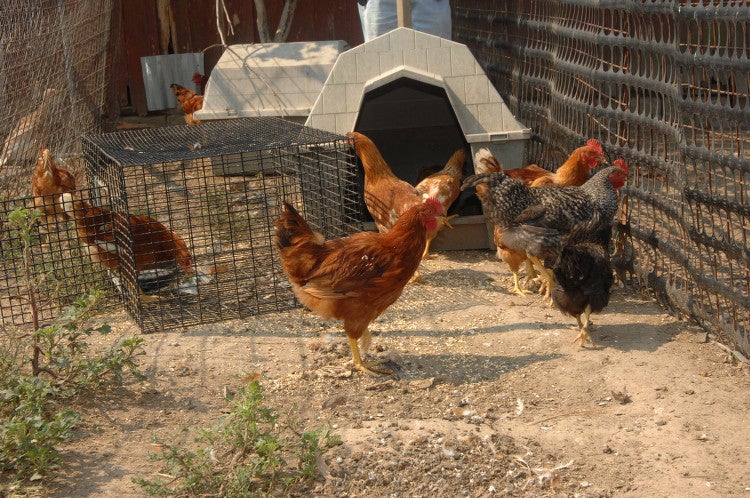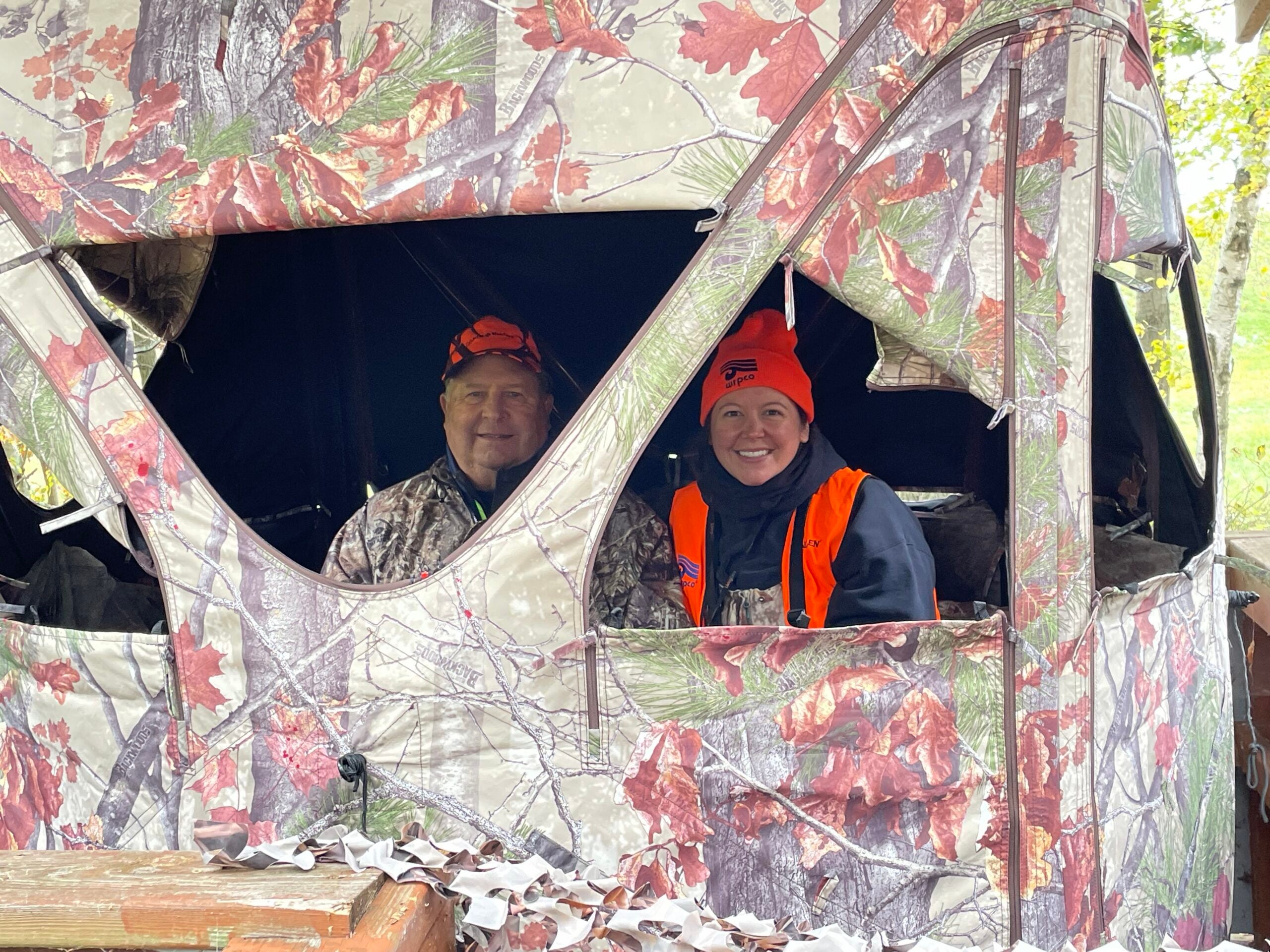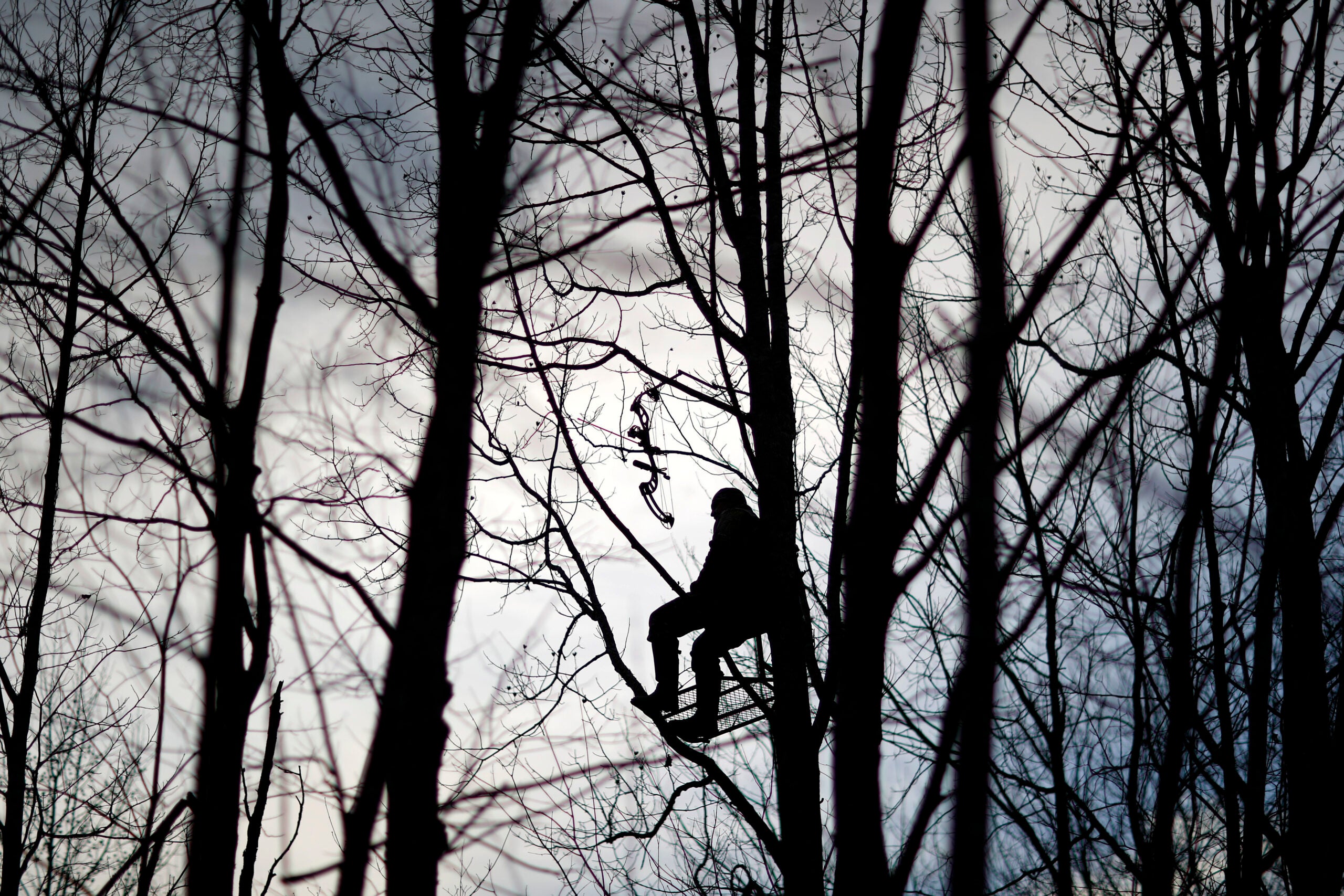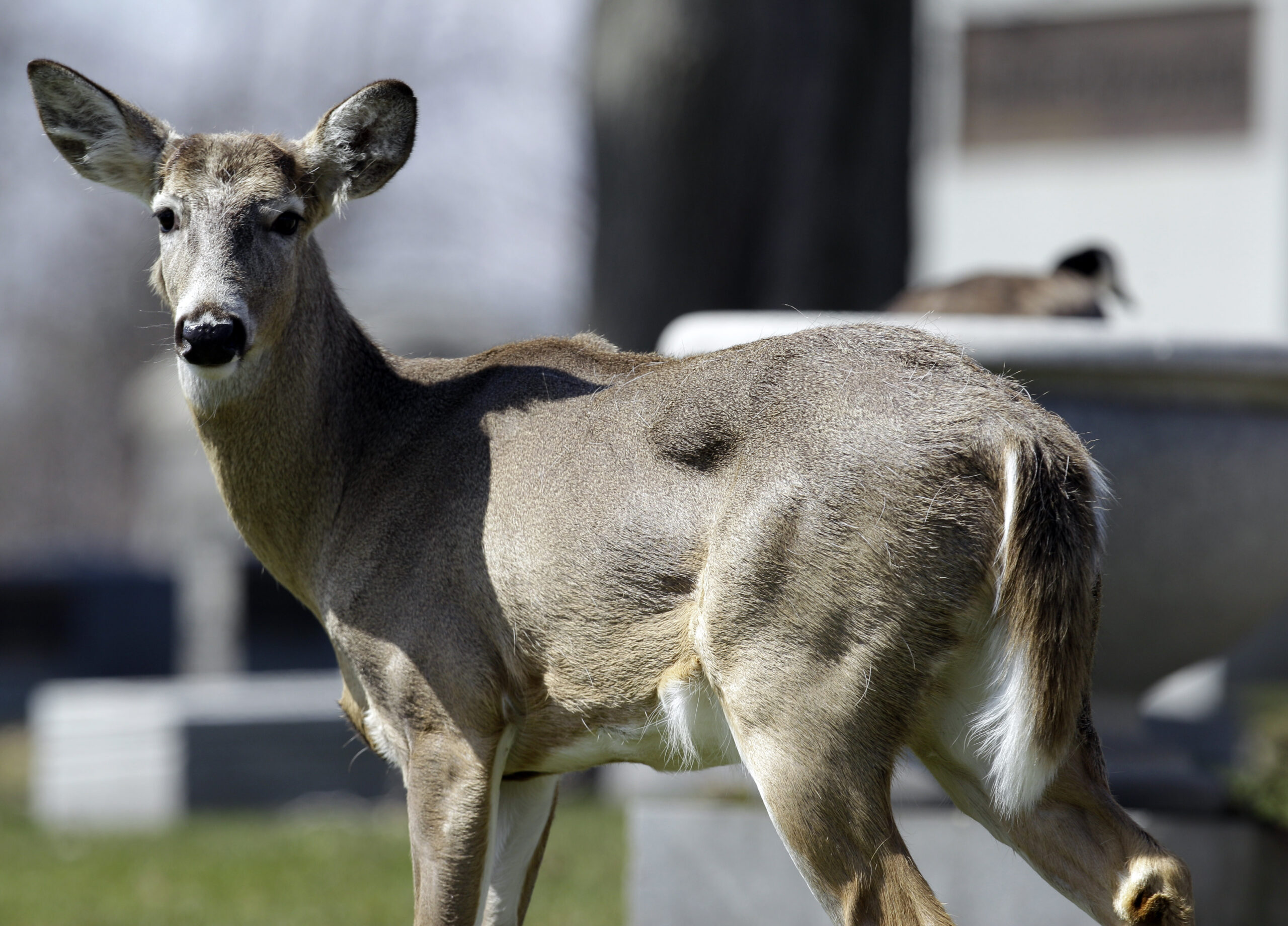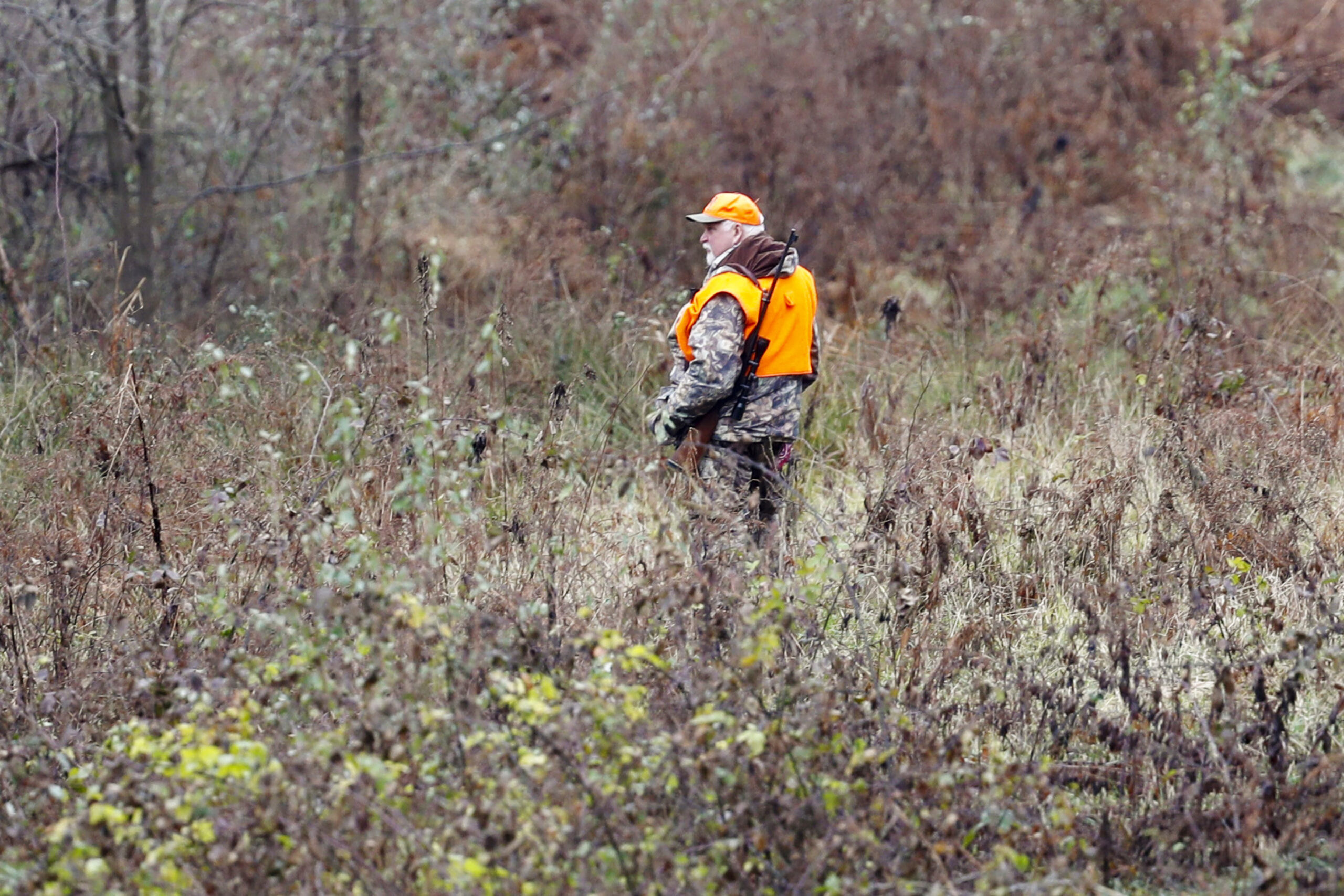Wisconsin’s gun deer season begins Saturday, and state health officials are recommending hunters take extra precautions this year due to COVID-19.
After studies found SARS-CoV-2, the virus that causes COVID-19, in deer from nearby states like Iowa and Ohio, the Wisconsin Department of Health Services updated its safety recommendations for this deer season. The agency advises hunters to wear gloves and a mask while processing deer.
There are many unknowns when it comes to the intersection of deer, humans and the virus that causes COVID-19, said Dr. Tim Van Deelen, a professor of wildlife ecology at the University of Wisconsin-Madison.
News with a little more humanity
WPR’s “Wisconsin Today” newsletter keeps you connected to the state you love without feeling overwhelmed. No paywall. No agenda. No corporate filter.
“I think one of the key questions would be whether there’s any risk of wild deer transmitting (SARS-CoV-2) to deer hunters who might be handling deer carcasses,” he said.
According to DHS, the chances that deer and other wildlife can transmit COVID-19 to humans is likely low, but more information is needed on how the virus spreads between humans and animals. As a population biologist, Van Deelen said he’s also interested to learn how SARS-CoV-2 could impact the deer population in the state.
Van Deelen was surprised to learn that deer in multiple states have been found to have the virus because humans and deer don’t usually get too close, he said.
“We do have situations where a deer might be brought into a rehabber or deer are kept in a captive situation on a farm, or they might be fed,” he said. “Then there might be communication across a fence between captive deer and wild deer. Those are the sorts of places my mind goes when I begin thinking about how this happened, but the truth is, we just don’t know.”
The Wisconsin Department of Natural Resources will work with the U.S. Department of Agriculture to test samples from the state, according to the Milwaukee Journal Sentinel.
Deer hunting has a rich tradition in Wisconsin. It’s a $1 billion economic driver for the state, and it provides a lot of quality meat for Wisconsinites, Van Deelen said.
“If you don’t hunt deer yourself, you almost certainly know somebody or are related to somebody who hunts deer, so that makes it this really important, valuable cultural tradition that we have in Wisconsin,” he said.
Last year hunters came from all 50 states and 14 countries to take part, according to DNR officials. The only state that attracts more hunters is Texas, said Eric Lobner, DNR Wildlife Management Program director.
Agricultural harvests are on or ahead of schedule, which is good for hunters, DNR officials said. It’ll be hit or miss whether Wisconsin hunters will see snow on the ground when the gun deer season opens this weekend.
There are more than a million deer in Wisconsin, but they’re not evenly distributed around the state, DNR officials said. Numbers are growing in most of the state, and last year’s mild winter likely led to lots of fawns.
SARS-CoV-2 isn’t the only concern when it comes to this gun deer season. Officials are encouraging Wisconsin hunters to have their deer tested for chronic wasting disease. The DNR operates CWD kiosks across the state, and hunters can work directly with wildlife officials to have their deer tested. Some meat processors and taxidermists may also be able to conduct testing.
Officials also advise hunters to take safety precautions, like avoiding ash trees. A large infestation of emerald ash borers has led to many dead and dying ash trees, which aren’t suitable for deer stands.
One of the biggest challenges for hunters this season may be finding ammunition amid a nationwide shortage.
Wisconsin Public Radio, © Copyright 2025, Board of Regents of the University of Wisconsin System and Wisconsin Educational Communications Board.

